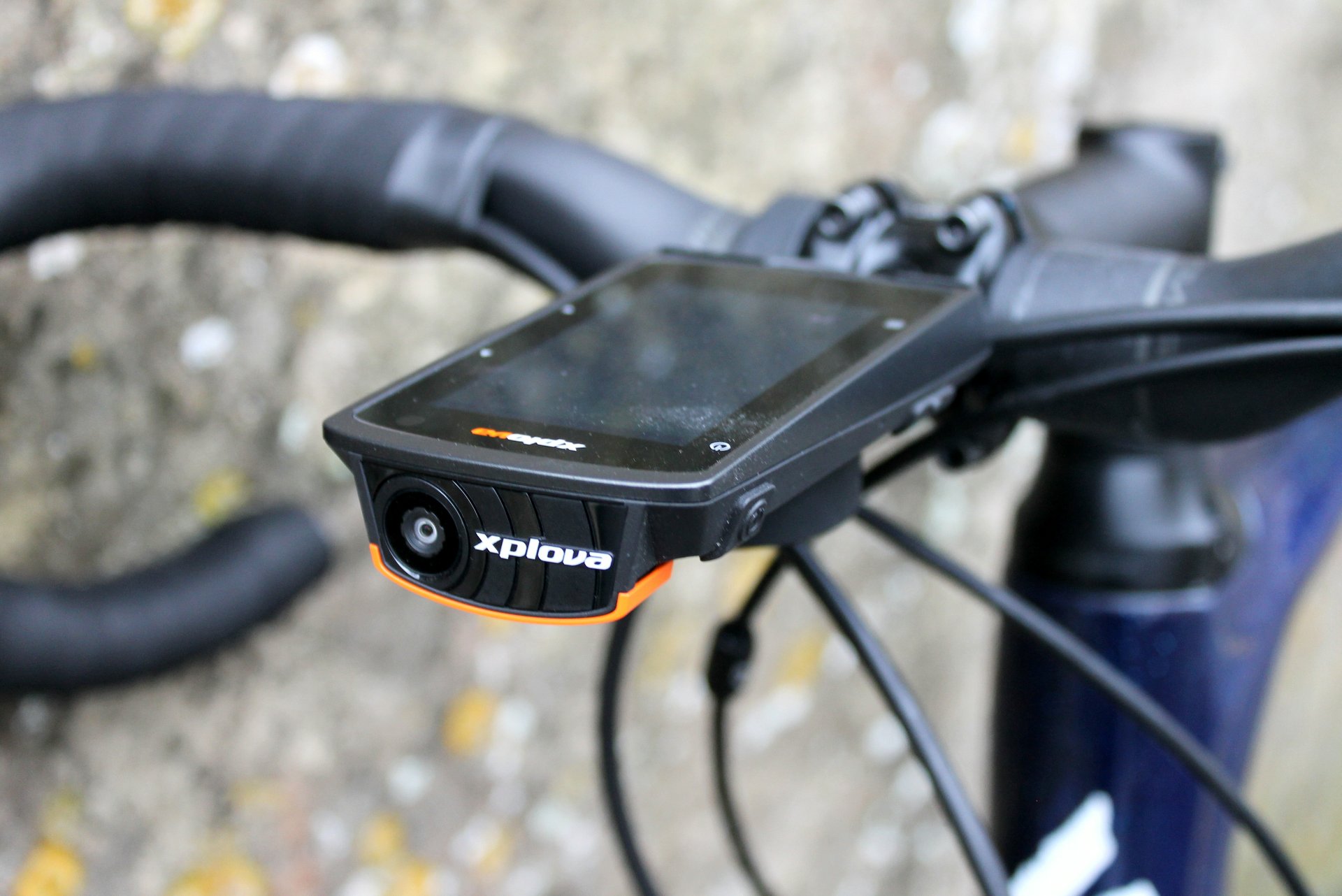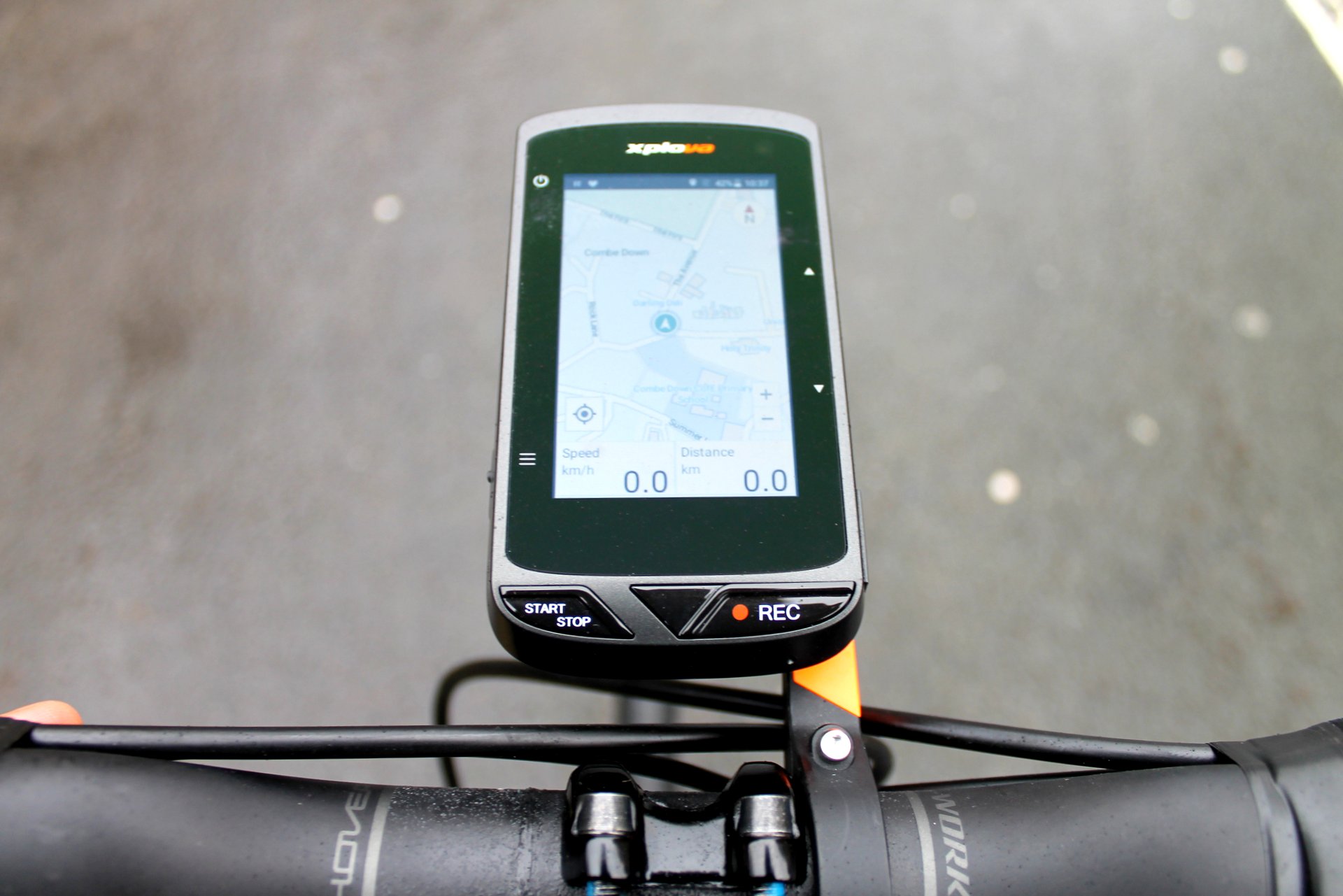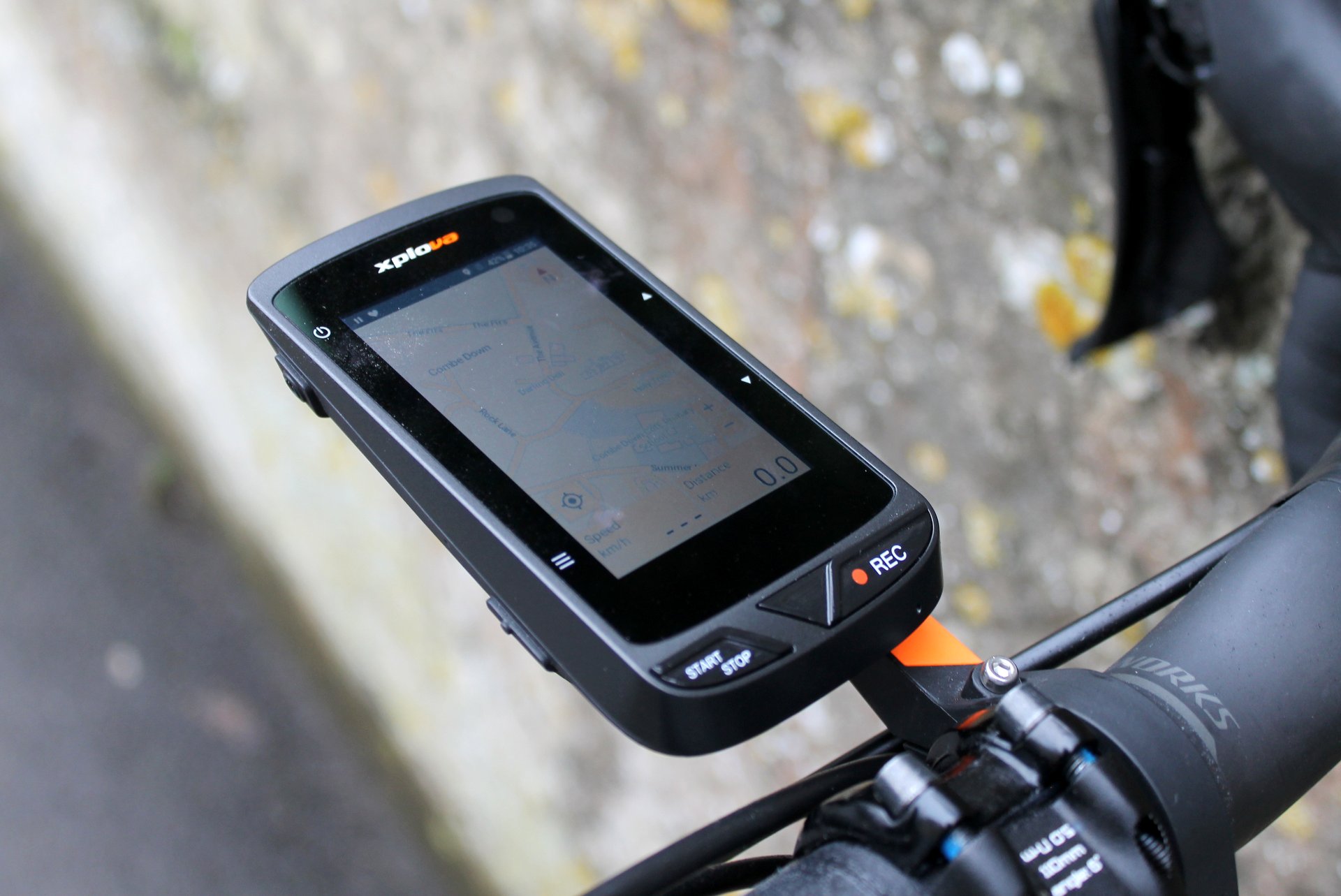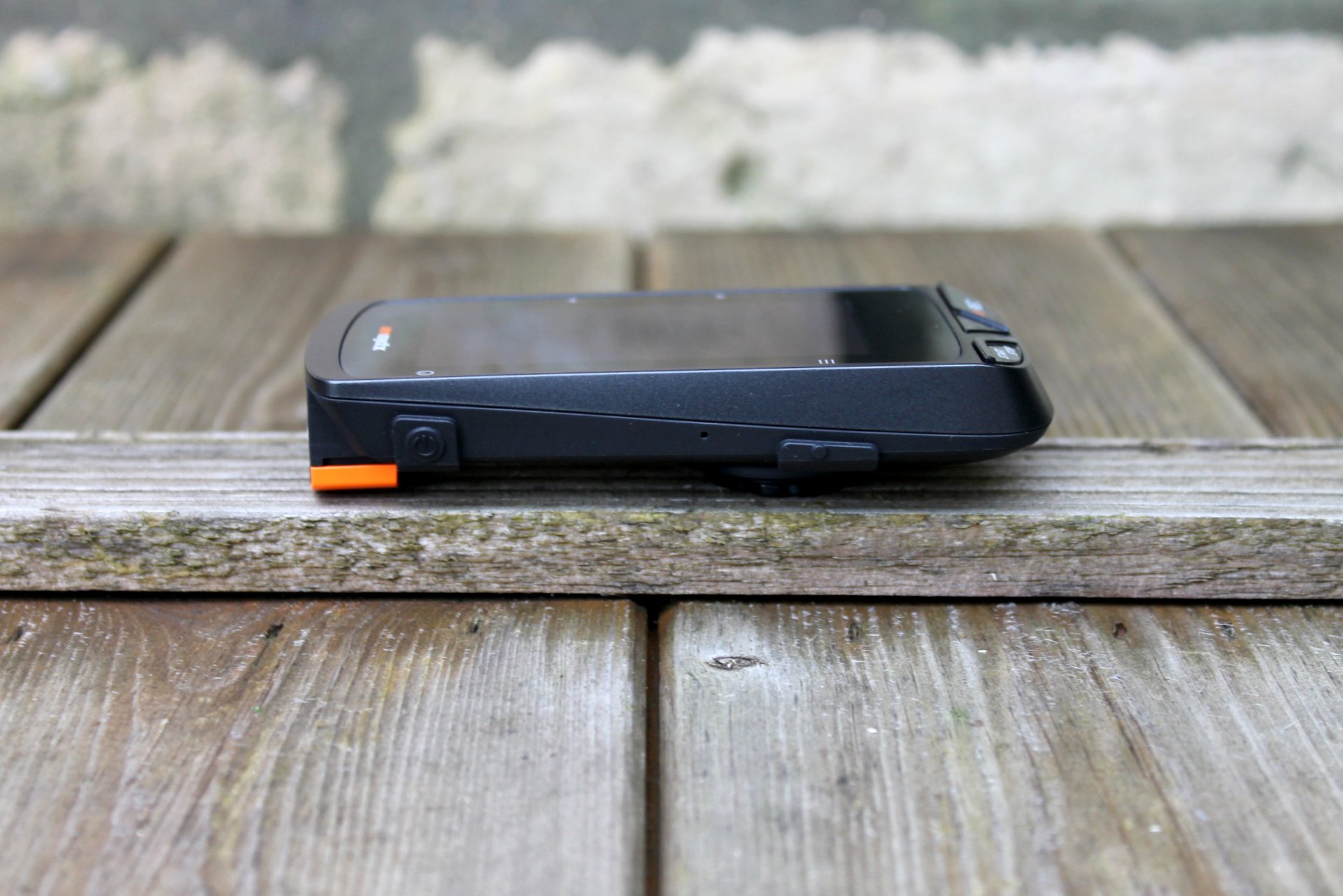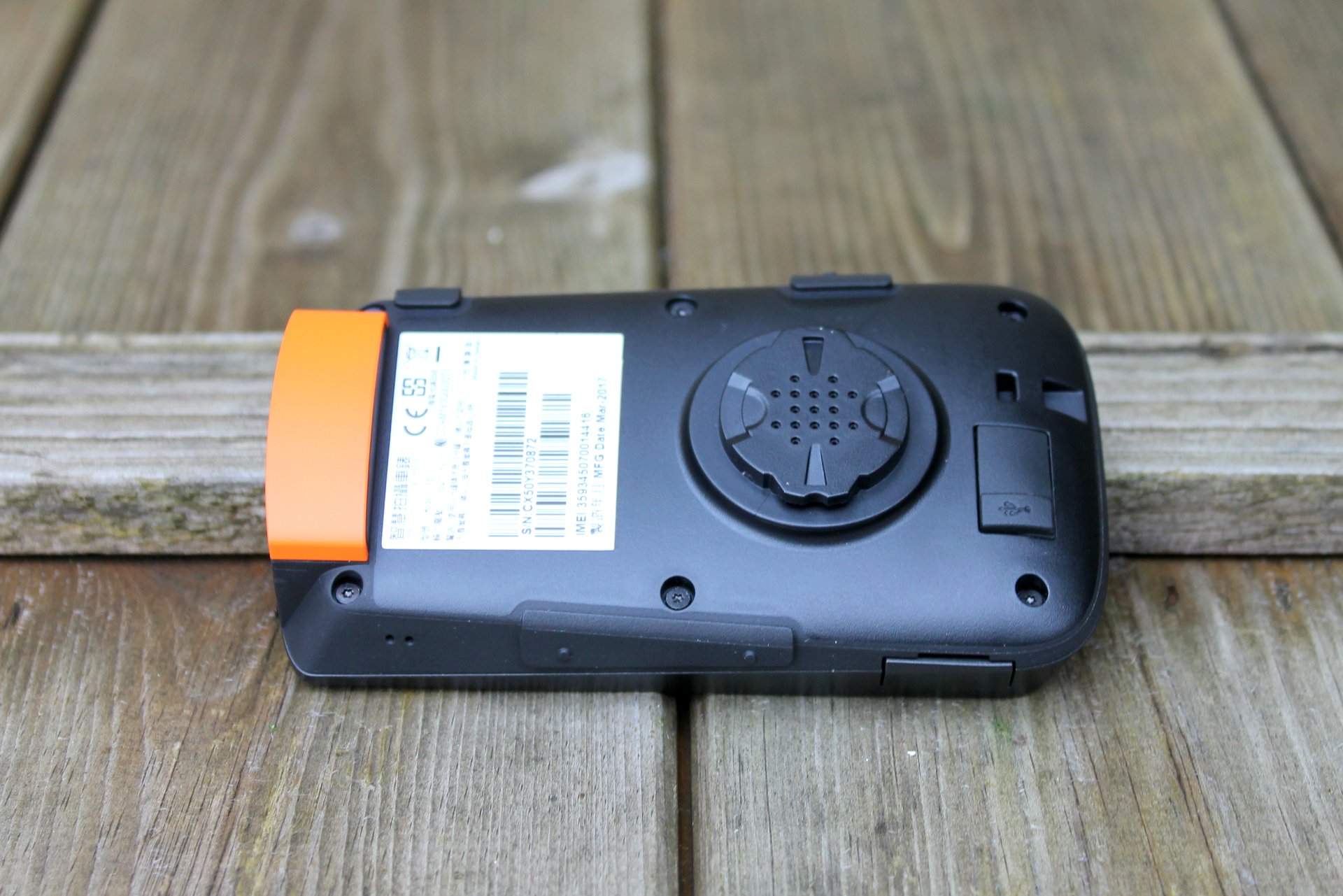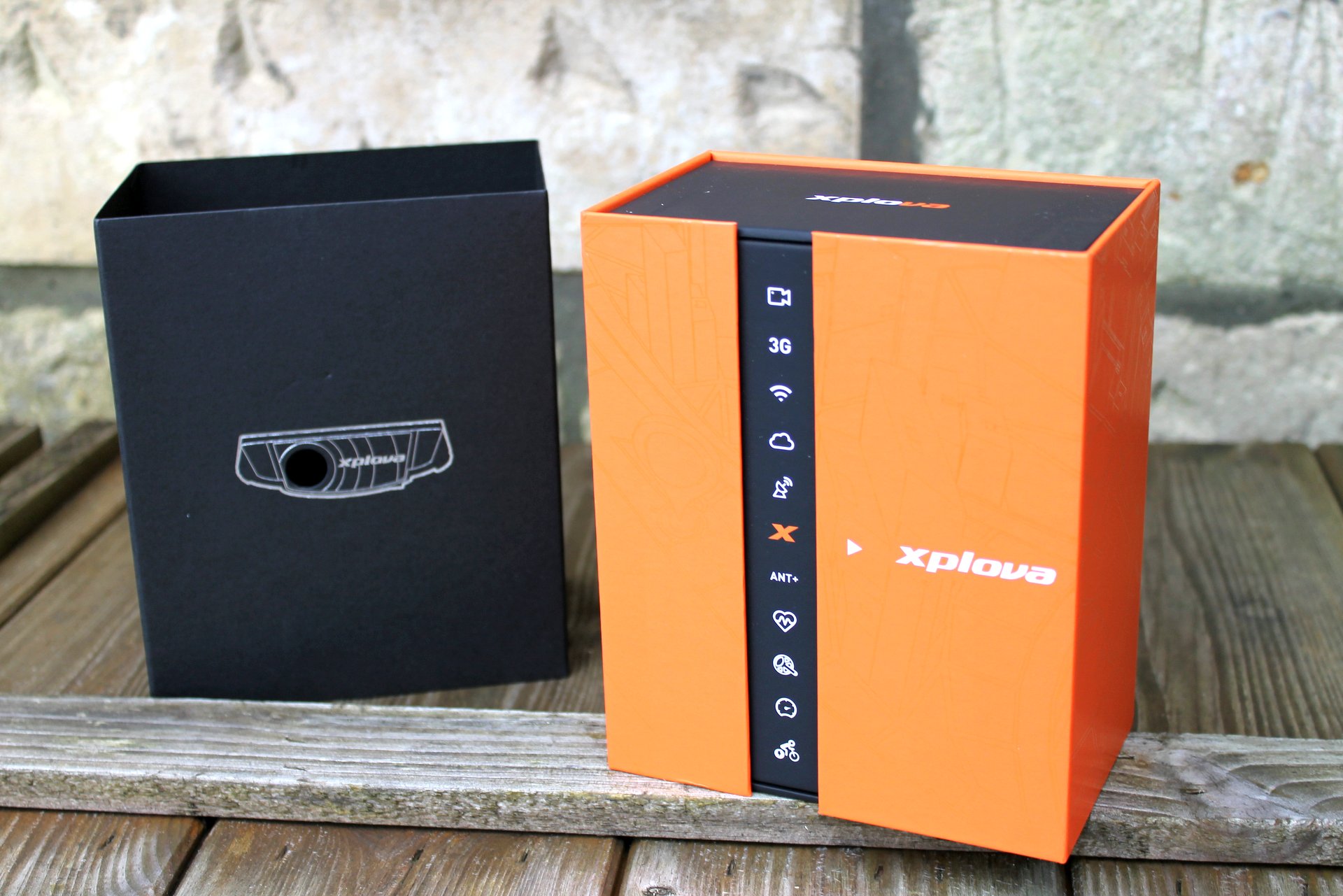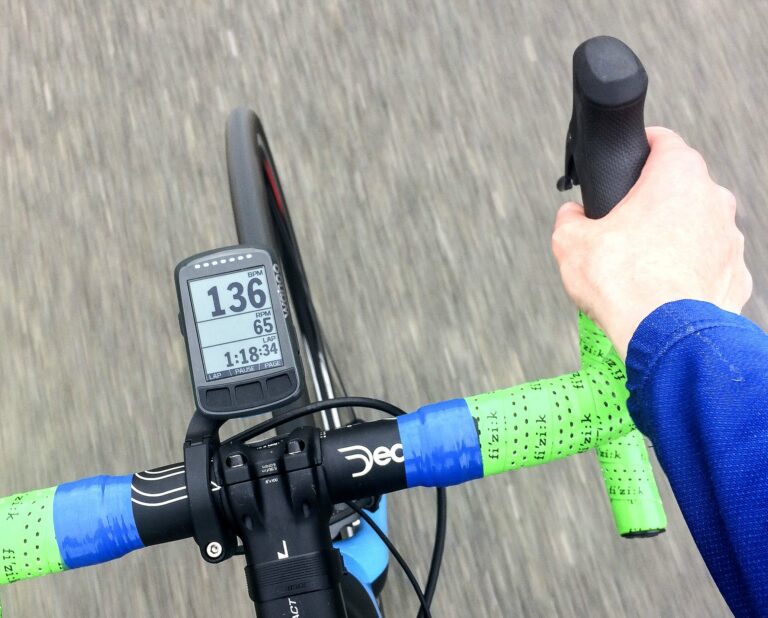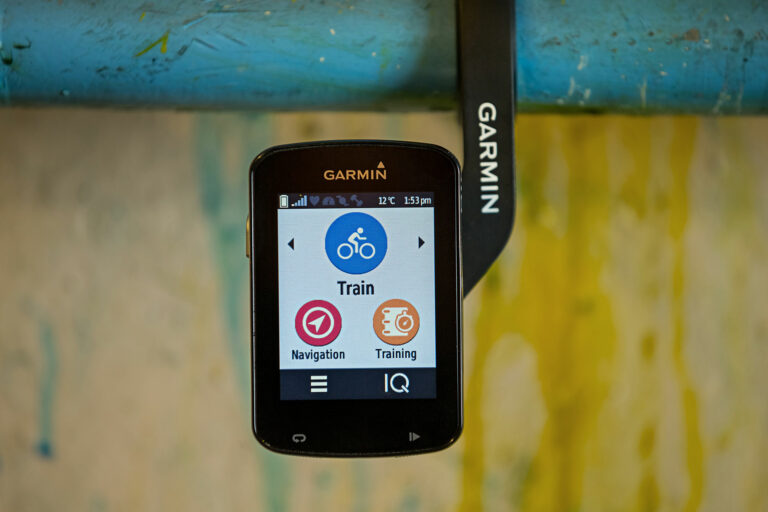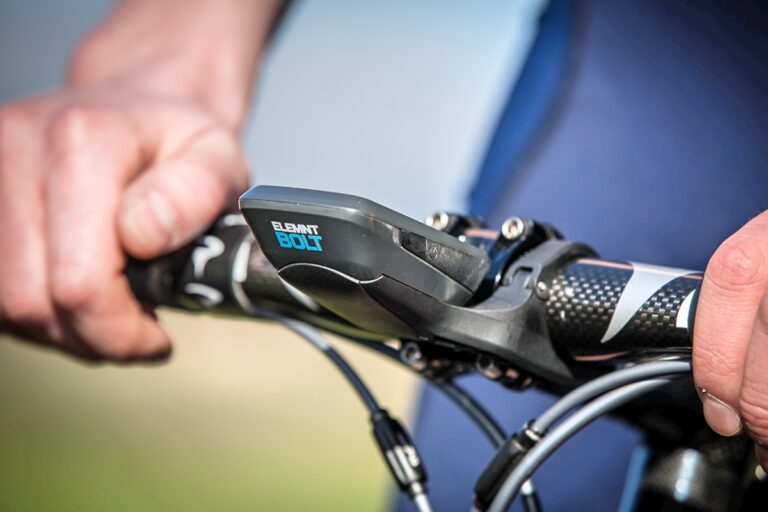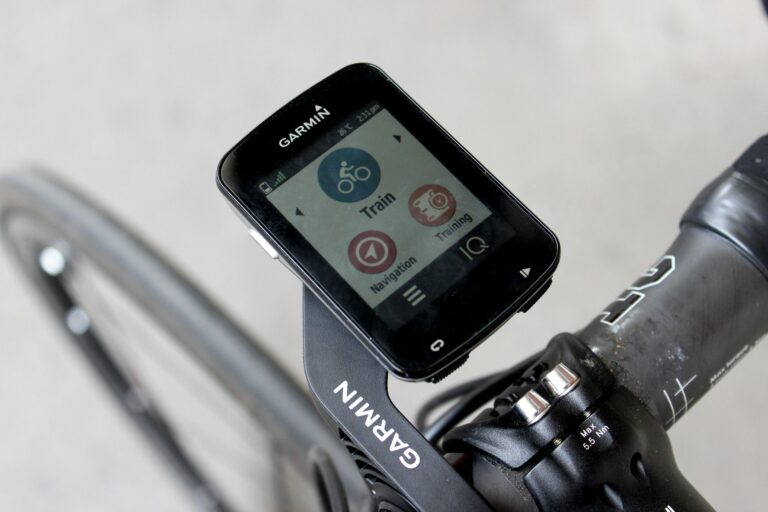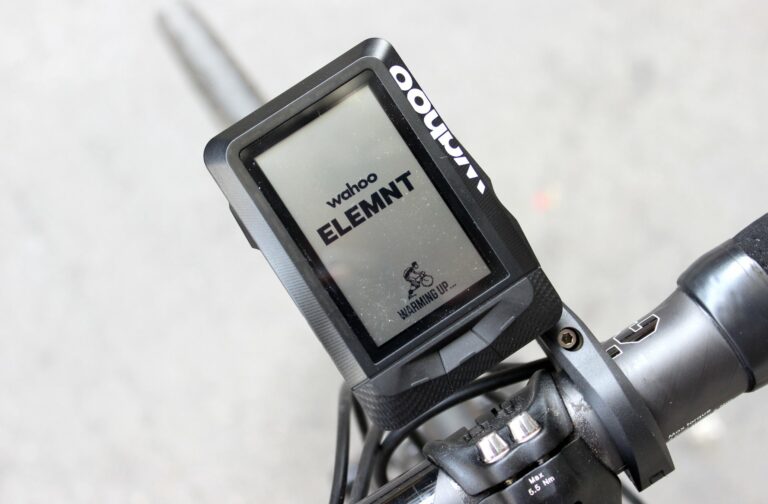Routes themselves are easy to make from scratch, using Google maps as a default overlay.
The data-gathering engine that helps define which roads to take between waypoints isn’t quite as detailed as Strava’s one, so I found it didn’t want to recognise some bike paths and one-way contraflow bike lanes at times, or occasionally sending me what I’d consider to be the long way round.
But it’s only a rare occurrence, and it’s a decent interface, if not quite as polished-looking as some others.
“The bottom line is that the X5 is a very well-featured head unit… but it’s not quite the finished article yet”
The nice thing about Xplova’s route generation is it’ll automatically recognise where the major climbs are coming and warn you ahead of time, and show you where they start and finish.
However, it’s a riff on a theme – you can do something similar with Strava Live Segments, and that works a treat, especially if you’re gunning for a rival’s time.
Conclusion
The bottom line is that the X5 is a very well-featured head unit. It can hold a candle to Garmin’s Edge range of computers as fa as data concerned, while also recording small portions of your ride using its camera. It’s easy to use, has a very good screen, and meets all the demands of a data-hungry cyclist.
However, it’s not quite the finished article, with a few minor issues including, prominently for me, a lack of full Strava syncing at the time of review. I get the overall impression that it remains rough around the edges.
But, what is good is, despite this slight lack of fine polishing, this X5 bike computer is already a legitimate alternative challenger to the established stable, meaning it should keep the likes of Garmin on their toes. At the very least, if you’re not willing to spend over £400 on a non-mainstream unit, then you should be pleased units like this exist, nipping at the market leader’s toes.
Keep an eye on Xplova: there’s serious potential here.
Pros
- Clear navigation
- Video clip recording
- WiFi/cellular connectivity
- Clear data fields
- Good screen
Cons
- Limited recording ability
- Elevation profile appears inaccurate
- Software could use polishing
- Not seamless with Strava
